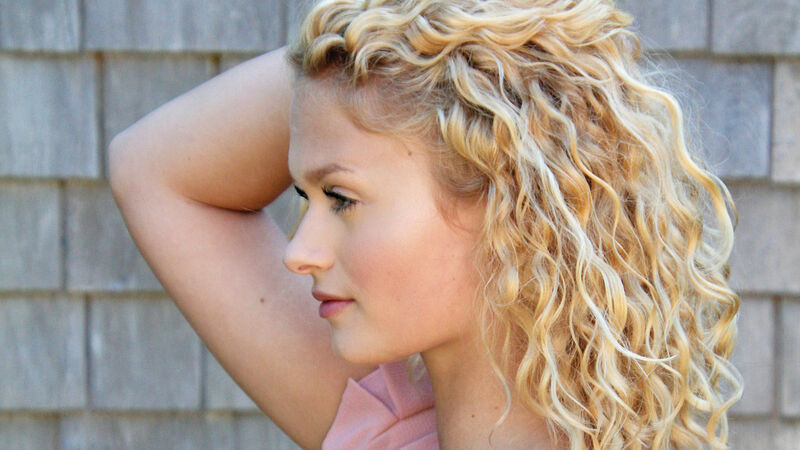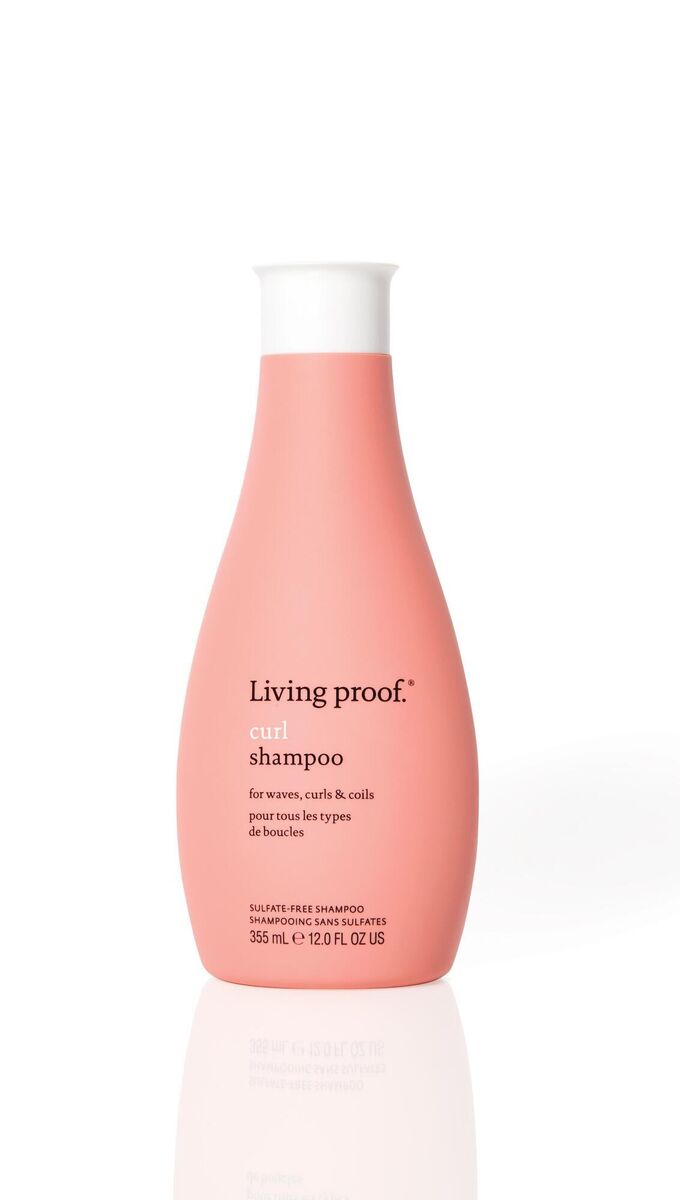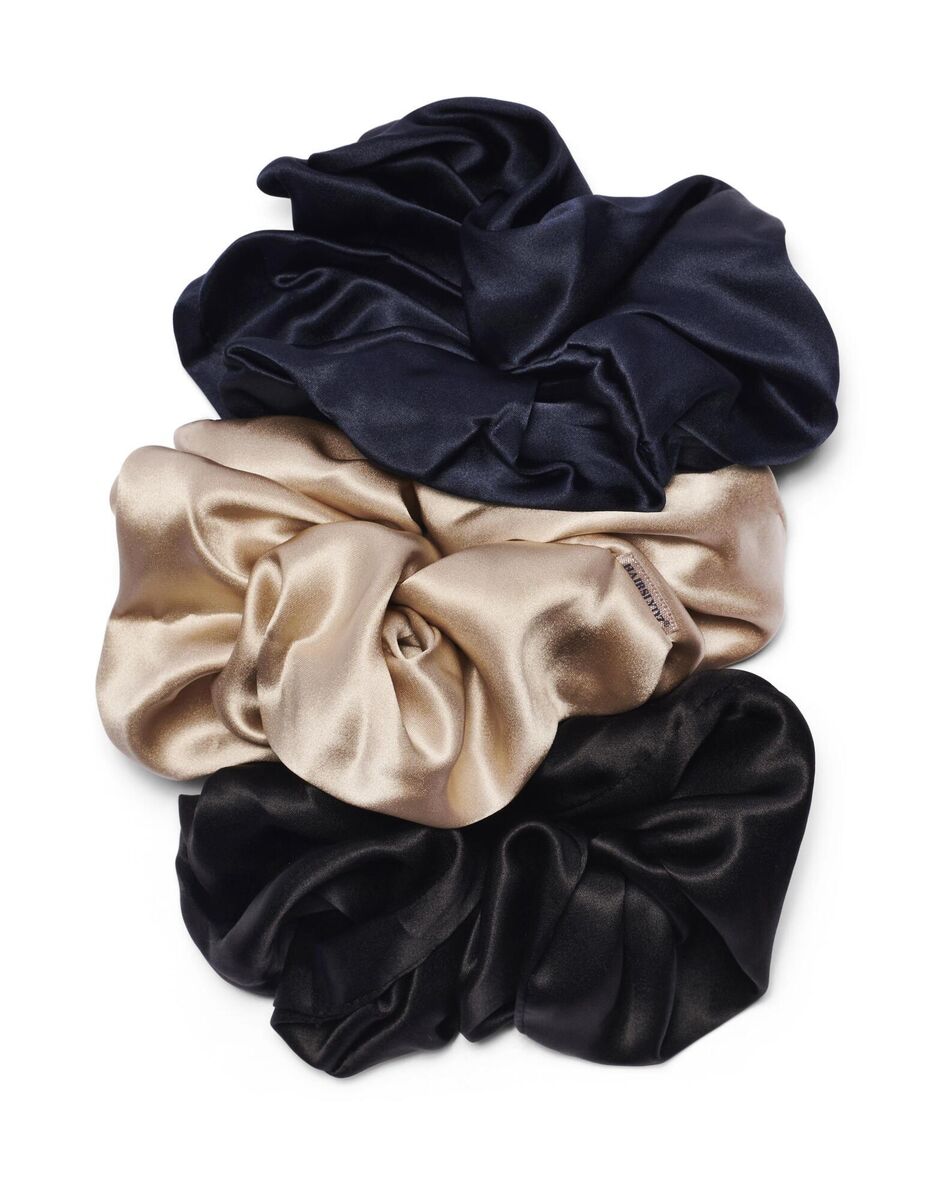Product Watch: how to look after curly hair

Embrace natural curls this spring.
Curly is the Real Housewife of hair types: an often unruly heap of high-maintenance glamour that changes with the weather. If you have natural curls, you’ve probably learned that precious few of the curly care products out there help your hair. Every head of curls is unique, whether you scrunch, finger-twist or diffuse to define them. Catherine McNulty, founder of The Curl Artist Studio in Dublin, gave me some advice on making the most of your assets.

“I can’t emphasise how important it is to identify the porosity level of your hair. This will help you to establish what your hair craves quickly and the ingredients that will best support your curls. It also helps to differentiate between product types that are suited to curls.”
In haircare, the term 'porosity' refers to your hair's ability to absorb and retain moisture. It is affected by the cuticle — hair’s flexible outer layer — which determines how easily moisture and oils pass in and out. Porosity is usually genetic but can also be affected UV exposure, heat styling and chemical processing. A quick way to check yours is to drop hair that’s been tangled in your brush into a glass of water. Floating hair is low porosity. If your hair sinks slowly, it has normal porosity. Hair that drops immediately is high porosity. In general, the higher your hair’s porosity, the richer the texture of the products it can handle.
, is a great start for any curl-care regimen. The creamy, low-lather formula removes product buildup without drying the hair or scalp and defines curls even when you don’t follow up with a styling product.
Sulphate and denatured alcohol-free products can keep curls from drying out, particularly when hair is long. The scalp’s sebum has a tough time travelling to the ends of curly hair. Fatty alcohols are great ingredients for this hair type, as are natural moisture sealants like jojoba, coconut and castor oils, shea butter and glycerin. Silicones can be your friends when detangling and styling but because they tend to build up and weigh curls down, lightweight Abyssinian or Argan oils are better choices. “Focus on nourishing your hair from the inside out rather than cosmetically coating your curls,” says Cathy. “Curls of any porosity respond well to a well-formulated, protein-rich treatment.” She recommends and Innersense Hydrating Hair Masque, €32 at cultbeauty.co.uk.
Great curl formation starts in the shower. If you have a strong curls, dry detangling prior to cleansing and conditioning may be helpful for you to work the care products throughout your hair easily when wet. “Add water to the products in your hands to emulsify before applying to your hair or scalp,” says Cathy. “This helps to activate all the great ingredients. When applying styling products ensure your hair is soaking wet. Drizzle warm water as you go and take your time.”
, helps define your curls and also acts as a leave-in treatment, boosting hairs condition with quinoa protein, pequi fruit oil and shea butter.
Cathy recommends recording everything you do for your curls, including the products you apply, how much you use and how often you use them. “You’ll learn quickly how different your curls are, even from day-to-day. You can find an amazing array of textures and many styles on one head. I always tell clients to enjoy and embrace every type of curl they have.”

Diffusing takes far longer than a straight blow dry and is best tackled the night before you need a good hair day. Catherine recommends taking it very easy. “For a defined finish, use a dryer and diffuser, and ensure the heat and speed are low to medium. Your hand should be able to withstand the heat of the dryer when held up close for a couple of minutes. Go slowly, allow the hair to cool intermittently.”
“Many of my clients tie their hair loosely on top of the head at bedtime. Try silk scrunchies if this method works for you, as the fabric won’t pull your hair while you sleep.” , are designed to keep curls of any texture in place.











